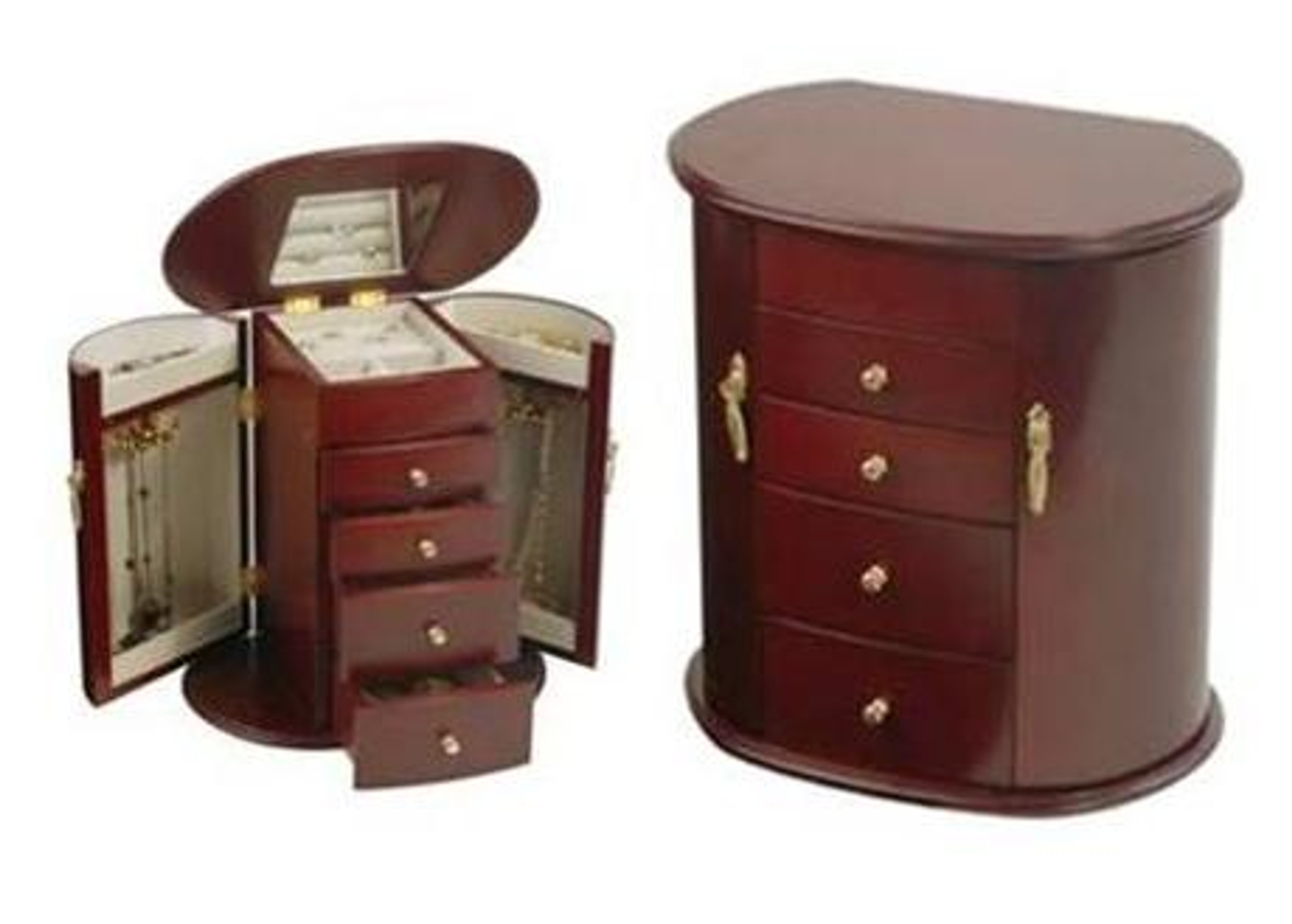Storing Gold Chains and Other Jewelry
Dec 13th 2018
Have you ever looked into your jewelry box only to see a huge tangled mess?
It may be time to consider some alternative ways to store your precious gems, bangles and baubles. The biggest problem, and the easiest to resolve, is gold chains and other necklaces. It’s easy for them to get tangled up, especially if you have several thin chains.
Instead of piling them into your jewelry box, there are several alternatives for storing gold chains and other necklaces. Some you can make yourself and some you can buy in just about any department store. It will also help maintain the appearance of your jewelry.
The jewelry tree is possibly the simplest item to buy. You can find one that has multiple branches if you have a large collection of gold chains and necklaces; even one that has upper and lower branches. You can place your chains and necklaces on the upper branches, and rings and bracelets on the lower branches.
A peg on a wall may be the most inexpensive way to handle your jewelry clutter. You could even have a row of those adhesive plastic hooks to hang your chains and bracelets. It doesn’t have to be ugly though, you should be able to find a way to paint your peg or embellish it in some way so that it matches your décor.
You also can hang your earrings, especially those gold loop earrings that you just can’t do without. It’s also a way to keep the pairs of earrings together so you’re not scrambling to find them.
If you have lots of space and the money to buy one, there are jewelry boxes with multiple drawers so you can lay each piece of jewelry in a drawer. It’s the best way to store your jewelry, but if you have a large collection, it could get expensive.
To add to your jewelry collection, don’t forget to check out our online catalog at Sarraf.com.


